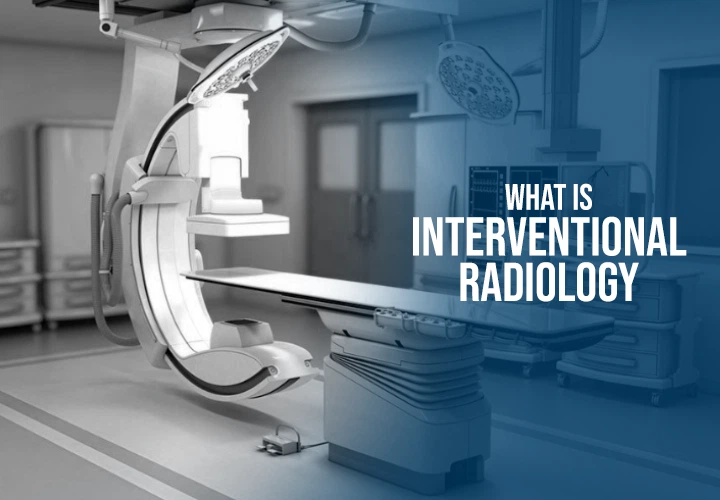While most of us are familiar with radiology, interventional radiology remains quite unfamiliar to the general public. Interventional radiology is a medical subspecialty where various techniques are used to diagnose, target and treat conditions in the human body. In this procedure, radiological image-guided techniques are used in minimally invasive methods to target and cure a disorder precisely. At Ponjesly Hospital, one of the best interventional radiology hospital in Nagercoil, we aim to provide state-of-the-art radiology services with minimal risk and maximum health benefits.
What is the Technique Followed?
Minimally invasive treatments are done with needles, wires and catheters to reach the target organ. As most Interventional Radiology procedures start with poking the targeted area with a needle, it is also known as Pinhole surgery. Doctors use radiological image guidance like X-ray, CT, MRI and others to visualize and treat the disease at its source. To mention, physical as well as chemical methods are used in interventional radiology, which prevents invasive and risky surgeries.
Examples of Interventional Radiology Procedures
Embolization:
In this technique, a catheter is used to block the blood supply to cancerous cells. This stops all nourishment to the tumour, which then dies slowly.
Chemoembolization:
It is a similar process to embolization, with the only exception being that precision medication like chemotherapy and radioactive medicine is used to treat the tumour.
Stenting:
Techniques like balloon angioplasty and stenting are used to clear up a blocked artery, vein, bile duct, ureter, colon or oesophagus. In balloon angioplasty, a long catheter with inflated ends is used to remove plaque from an affected region. On the other hand, a stent is a mesh-like tube that is placed inside the coronary artery to support it.
Ablation:
This technique utilizes thermal energy to decrease nerve pain effectively. High-energy radio waves like radiofrequency, microwave or cryo techniques are applied to the affected area.
Advantages:
As Interventional Radiology is done with relative ease, there are many advantages for both the doctors and patient parties. A few of the advantages are listed below:
- Less Expensive
- Barely any pain- As the procedure is conducted with minimal invasion, the patient feels less/no pain.
- Less Risky- The use of precision medicine and image guidance helps minimize risk.
- Minimum Time Spent – Often, the procedure can be done without admitting the patient.
- Treatment- Interventional Radiology is a multi-faceted tool that can also help deliver treatment like chemotherapy to specific areas.
With incredible technological advances in the field of medicine, healthcare is set to become affordable and accessible to the commoner. Interventional Radiology is one such invention that has enabled doctors to visualize an ailment and prescribe the best-fit prescription. From common issues such as back pain to grave conditions like cancer, interventional radiology has opened up a new dimension of precision medicine.
Our team of interventional radiologists at Ponjesly Hospital is committed to delivering the finest chemotherapy and radio wave assistance for those in need. Here’s to a future with fast and accurate healthcare! Book an appointment now.


